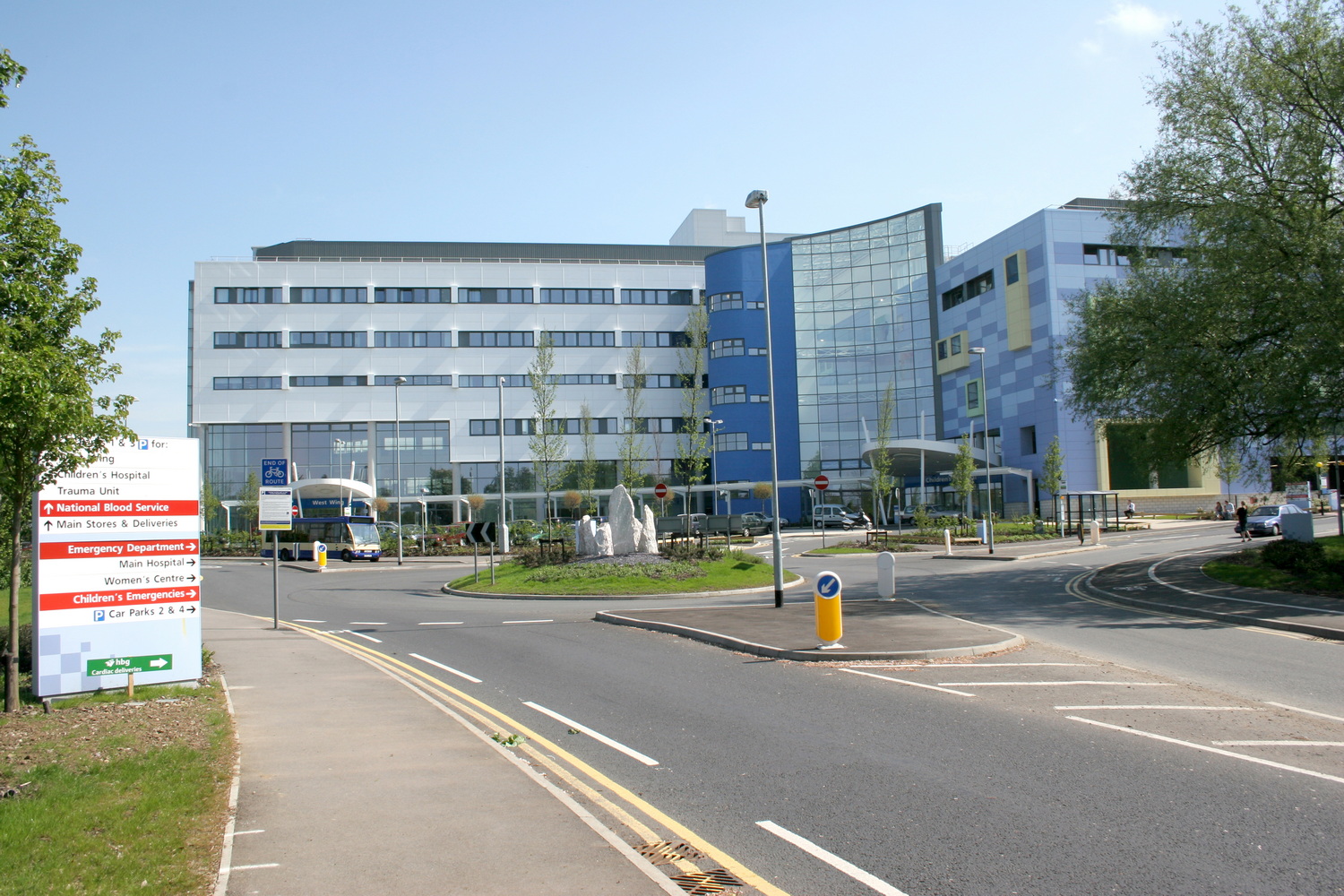How LED Lights Can Help Estate Managers Decarbonise NHS Hospitals

The healthcare sector is one of the largest energy consumers globally, and NHS hospitals are no exception. The UK NHS accounts for around 5% of the country’s total carbon emissions, which is why it’s crucial for estate managers to find ways to reduce energy consumption and carbon emissions. One solution that can significantly help is the installation of LED lights. In this article, we’ll explore the benefits of LED lights and how they can help estate managers decarbonise an NHS hospital.
Reduce Energy Consumption
One of the most significant benefits of LED models is their energy efficiency. They use up to 90% less energy than traditional incandescent bulbs, which can significantly reduce the hospital’s energy consumption. This, in turn, can reduce the carbon footprint of the hospital, which is essential for meeting the UK’s net-zero carbon targets. By switching to LED’s, estate managers can make a significant impact on the hospital’s overall energy consumption.
Reduce Maintenance Costs
LED lights, backed by good guarantees, have a much longer lifespan, than traditional bulbs, which means they require less frequent replacement. This can result in lower maintenance costs for the hospital, which can be a significant cost-saving measure in the long run. The longer lifespan on offer can also reduce the need for regular lighting maintenance, which can be time-consuming and costly.
Improve Lighting Quality
LED lights provide better quality light than traditional bulbs, which can improve the hospital’s overall lighting quality. This can enhance the visibility and safety of the hospital environment for patients, staff, and visitors. The high-quality light provided from types can also improve patient well-being and comfort, which is essential for providing excellent healthcare services. Additionally, they can provide a more natural-looking light that can help patients to maintain their circadian rhythms and improve their sleep patterns.
Enable Smart Lighting Systems
LED lights can be integrated with smart lighting systems that can automatically adjust lighting levels based on occupancy, daylight levels, and other factors. This can further reduce energy consumption and improve the efficiency of the hospital’s lighting system. Smart lighting systems can be programmed to turn off lights in unoccupied rooms, adjust lighting levels based on the time of day, and provide lighting only where it’s needed, further reducing energy consumption.
Support Sustainable Development Goals
By reducing energy consumption and carbon emissions, LED lights can help hospitals to contribute to the sustainable development goals set by the United Nations. This can enhance the hospital’s reputation as a sustainable and responsible organization. Furthermore, the adoption of LED lights can align with the NHS’s Sustainability and Transformation Plans, which aim to reduce carbon emissions and improve the sustainability of healthcare services.
Conclusion
In conclusion, LED lights can be an essential tool for estate managers in decarbonising an NHS hospital. By reducing energy consumption, maintenance costs, and carbon emissions, LED technology can help hospitals become more sustainable and efficient while also improving the quality of lighting for patients, staff, and visitors. With the UK government’s commitment to reaching net-zero carbon emissions by 2050, it’s essential that NHS hospitals take action to reduce their carbon footprint. The adoption of LED lighting is a simple and effective way for estate managers to make a significant impact towards achieving this goal.
References
“The UK NHS accounts for around 5% of the country’s total carbon emissions” – Source: National Health Service. (2021). Sustainable Development Unit Annual Report 2020. Available at https://www.sduhealth.org.uk/policy-strategy/reporting/sdu-annual-reports.aspx
“LED lights use up to 90% less energy than traditional incandescent bulbs” – Source: US Department of Energy. (2021). LED Lighting. Available at https://www.energy.gov/energysaver/save-electricity-and-fuel/lighting-choices-save-you-money/led-lighting
“LED lights have a much longer lifespan than traditional bulbs” – Source: US Department of Energy. (2021). LED Lighting. Available at https://www.energy.gov/energysaver/save-electricity-and-fuel/lighting-choices-save-you-money/led-lighting
“LED lights provide better quality light than traditional bulbs” – Source: US Department of Energy. (2021). LED Lighting. Available at https://www.energy.gov/energysaver/save-electricity-and-fuel/lighting-choices-save-you-money/led-lighting
“Smart lighting systems can be programmed to turn off lights in unoccupied rooms, adjust lighting levels based on the time of day” – Source: International Energy Agency. (2021). Energy Efficiency 2021: The Role of Energy Efficiency in a Clean, Secure, and Sustainable Energy Future. Available at https://www.iea.org/reports/energy-efficiency-2021
“The UK government’s commitment to reaching net-zero carbon emissions by 2050” – Source: UK Government. (2019). The UK’s contribution to stopping global warming. Available at https://www.gov.uk/government/publications/advancing-our-health-premier-league-green-pledge/net-zero-carbon-emissions-by-2050-the-uks-contribution-to-stopping-global-warming








